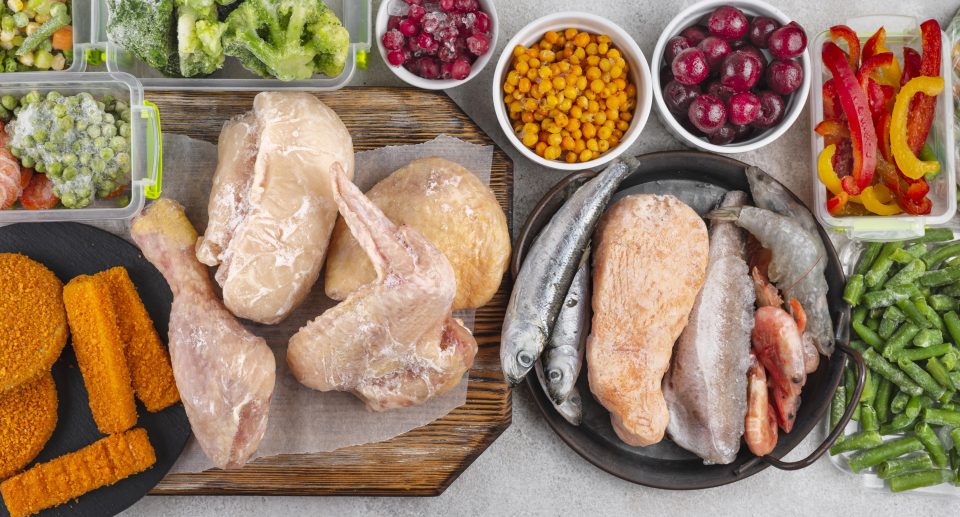How to improve your health and bank balance by eating less meat

Considering options like meat or tofu, honey or fruit for porridge, and oat milk or goat’s milk presents choices impacting health and the environment. Despite the awareness of food’s health effects, its significant contribution to environmental footprints is often overlooked, constituting 20-30% of daily impacts. While adopting healthier and more sustainable diets is desirable, pinpointing the most beneficial choices can be challenging.
In a study on healthy and sustainable eating, interviews with mostly young adults revealed a readiness among UK consumers to make minor dietary adjustments for health and the environment, provided they offer some benefits at minimal cost. While minor changes are often more sustainable, determining the most advantageous ones remains unclear.
To address this, we evaluated the health, environmental, and financial impacts of various sustainable dietary actions, applying them to data from 1,235 UK adults. We identified four simple switches that offer significant benefits for both health and the planet, while remaining cost-effective.
Although these changes may pose challenges, attempting each one is unnecessary. Every switch contributes to personal health and environmental sustainability, and collectively, they lead to substantial impacts over time.

01. Substitute meat with pulses
Beans, chickpeas, and lentils are rich in protein and fiber, while low in fat. They carry minimal environmental impacts and can even enhance the growth of other crops, besides being cost-effective. Barriers to consuming pulses often revolve around their taste or texture, as well as perceived inconvenience, effort, or cooking difficulty.
Start with hummus—a flavorful pre-prepared chickpea spread or dip. Incorporating more pulses into your diet is simplified by using pre-prepared and canned options or by batch cooking and freezing portions for later use. Consider adding canned beans to soups and stews or lentils to your bolognese sauce. For a culinary adventure, explore delicious recipes from cultures like Mexico, the Middle East, or India, where pulses are traditionally used.
02. Substitute meat items with eggs
Similar to pulses, eggs offer high nutritional value, supplying protein and various micronutrients, with minimal environmental impact and cost-effectiveness. Opt for free-range eggs to support animal welfare.
Eggs are versatile and simple to prepare. Their soft texture makes them suitable for individuals with chewing or swallowing difficulties. Adding taste and flavor to meals, eggs can be enjoyed at any time of day. Whether poached or scrambled for breakfast, hard-boiled as a convenient snack, or prepared sous-vide style for elegant dinner parties, eggs offer a delicious high-protein option.

03. Substitute meat items with hard or soft cheeses
Cheese is a nutritious option, rich in calcium and other micronutrients essential for strong bones and teeth. While cheese is often perceived as having high environmental impacts, it typically has a lower footprint compared to meat, especially soft cheeses.
The environmental impact of dairy products increases with processing, mainly due to waste generated at each manufacturing stage. Milk has the lowest impact, followed by yogurt, then soft cheeses like cream cheese, and finally hard cheeses such as Cheddar.
Consider replacing pepperoni pizza with a four-cheese option, swapping meat in pasta dishes for soft blue cheese to maintain flavor, and incorporating soft cheeses into sandwiches.
04. Cut down meat consumption by 20%
Meat production, especially for beef and lamb, carries significant environmental consequences. While excessive consumption can be detrimental to health, moderate intake provides essential protein and micronutrients like iron, zinc, and B vitamins.
Consider reducing portion sizes, opting for higher-quality meat to maximize health benefits while reducing intake, or incorporating regular vegetarian days, such as meat-free Mondays, into your routine. Reserve meat as a special treat for occasions when dining out, and prioritize plant-based meals at home.




















